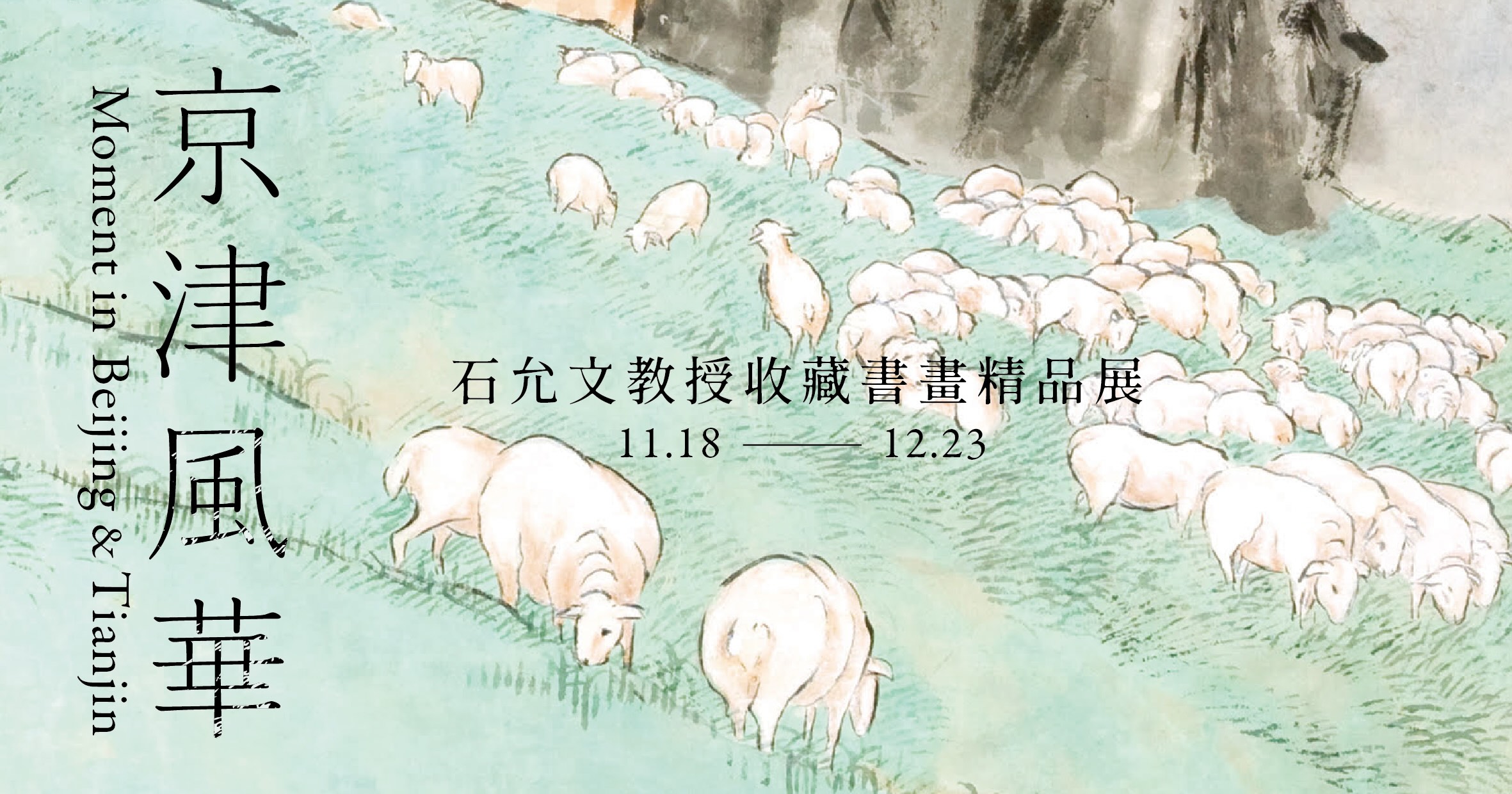
08 Nov Moment in Beijing and Tianjing
“Moment in Beijing and Tianjin” – Exhibition Overview
The exhibition Moment in Beijing and Tianjin presents works by artists active primarily in the cities of Beiping (modern-day Beijing) and Tianjin during the 1920s and 1930s. These artists were central figures in early Republican-era Chinese painting. Representative members include Jin Cheng (1878–1926), Lin Shu (1852–1924), Chen Shizeng (Chen Hengke, 1876–1923), Qi Baishi (1864–1957), Chen Nian (1876–1970), Xiao Junxian (1865–1949), Xiao Xun (1883–1944), Yu Feian (1888–1959), Pu Jin (1880–1966), Pu Ru (1896–1963), Yu Ming (1884–1935), Qi Kun (1901–1944), Hu Peiheng (1892–1962), Chen Shaomei (1909–1954), and Liu Kuiling (1885–1967), among others.
I. “The Splendor of Jingjin” – A Northern Perspective on a Grand Era
As a major stage for the development of Chinese historical culture, Beijing’s modern painting scene was profoundly influenced by the opening of the Forbidden City, and by exposure to Western and Japanese art. The Jingjin (Beijing–Tianjin) school of painters benefited from the opportunity to study historical masterpieces up close, regularly copying and learning from them. At the same time, the influx of new ideas and techniques from the West spurred critical engagement and reform in traditional painting. This era became a pivotal moment in the transition of Chinese painting toward modernity.
The term “Jingjin Splendor” reflects a unique trajectory in Chinese art history—an art form born in the turbulence of its time, celebrated under the banner of guohua (national painting), and later woven into the shared cultural memory of a generation. It evolved through the dialectics of “conservatism” and “innovation,” becoming ever more vital over time.
II. “A Cultural Assertion” – The Birth of a Regional Style
The early Republican period was marked by tensions between ideological “isms” and scholarly inquiry. The clash between new ideologies and traditional scholarship led to intense criticism of Chinese cultural values. In response, a group of scholars and artists defended tradition while critically reflecting on the New Culture Movement. Two significant artistic societies emerged in Beiping: the Research Society of Chinese Painting (Zhongguo Huahua Yanjiu Hui), founded in 1920 by Jin Cheng and Chen Shizeng, and the Lake Society (Hushe), a later offshoot led by Jin Cheng’s protégés such as Chen Shaomei and Hu Peiheng.
Thanks to the opening of the Forbidden City to the public, these societies actively recruited aspiring artists, offering training and promoting traditional Chinese painting. They stood in opposition to reformist figures like Kang Youwei and Xu Beihong, who sought to “revolutionize” Chinese art. Jin Cheng asserted that “there is no distinction between old and new in the art of painting,” while Chen Shizeng championed literati painting, stating: “The literati’s disregard for realism is in itself a form of progress… for the true spirit of painting lies not in likeness but in expression and meaning.”
These artistic philosophies, formalized through the activities of these societies, fostered a distinct regional style. Thus, the northern painting scene transformed—elegant, reserved, and rich in depth—distinct from the bright and buoyant style of the southern Shanghai School.
III. The Past Is Not Forgotten – The Modern Legacy of the Northern School
In the 1920s and 1930s, Beiping thrived with cultural and artistic activity. Artists organized exhibitions and published journals such as Art Fortnightly (Yishu Xunkan) by the Research Society of Chinese Painting and Lake Society Monthly (Hushe Yuekan). These publications expanded public access to art beyond elite circles, making art appreciation a popular and fashionable pastime.
This change allowed artists to step beyond the bounds of social obligation and enter an open art market. The Northern School’s legacy lived on beyond its historical moment, continuing to resonate within modern popular culture.
IV. Conclusion
It has been said: “Those near the capital incline toward officialdom; those near the sea toward commerce.” This aphorism captures the fundamental difference between the conservative “Capital School” (Jingpai) and the progressive “Shanghai School” (Haipai) in early Republican Chinese painting.
How could classical Chinese painting traditions be inherited and transformed? Leaders like Jin Cheng and Chen Shizeng explored this question both in theory and practice. Sadly, their early deaths meant their aspirations—such as the revival of literati painting—remained unfulfilled.
Fortunately, later masters like Qi Baishi and Huang Binhong (1865–1955) completed vital artistic transformations in Beijing during their later years. Free from the constraints of tradition, they redefined the use of brush and ink, bringing new vitality and brilliance to modern Chinese painting. Their contributions shaped contemporary perceptions of guohua in ways that even their predecessors could scarcely have imagined.
The Splendor of Jingjin – Selected Works from the Collection of Professor Shih Yun-wen is a curatorial attempt to revisit and reengage with this pivotal era. We hope the exhibition not only rekindles the glory of a century past but also reintroduces these masterpieces of the Northern School as timeless works of beauty that transcend politics and ignite renewed passion for early Republican Chinese art.
———————–
Moment in Beijing and Tianjing
Exhibition duration| 2017.11.18-12.23
Add| 16, Lane 69, JingYeh 2nd Rd., Taipei Taiwan